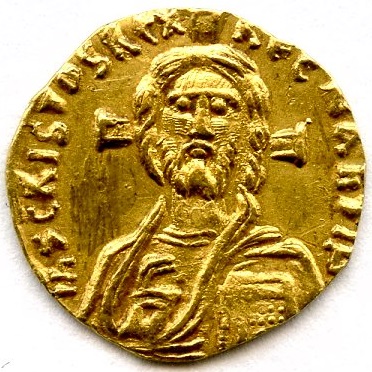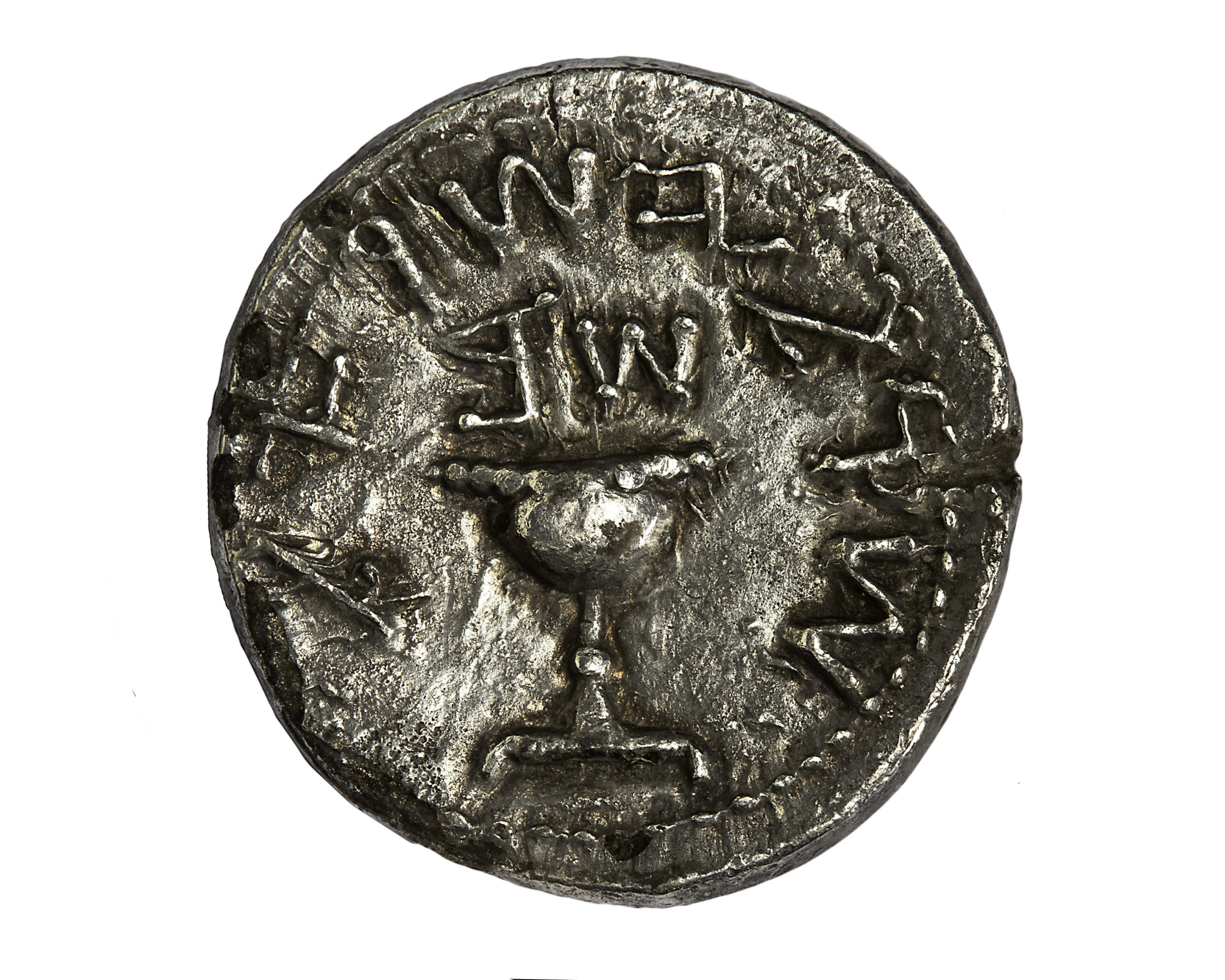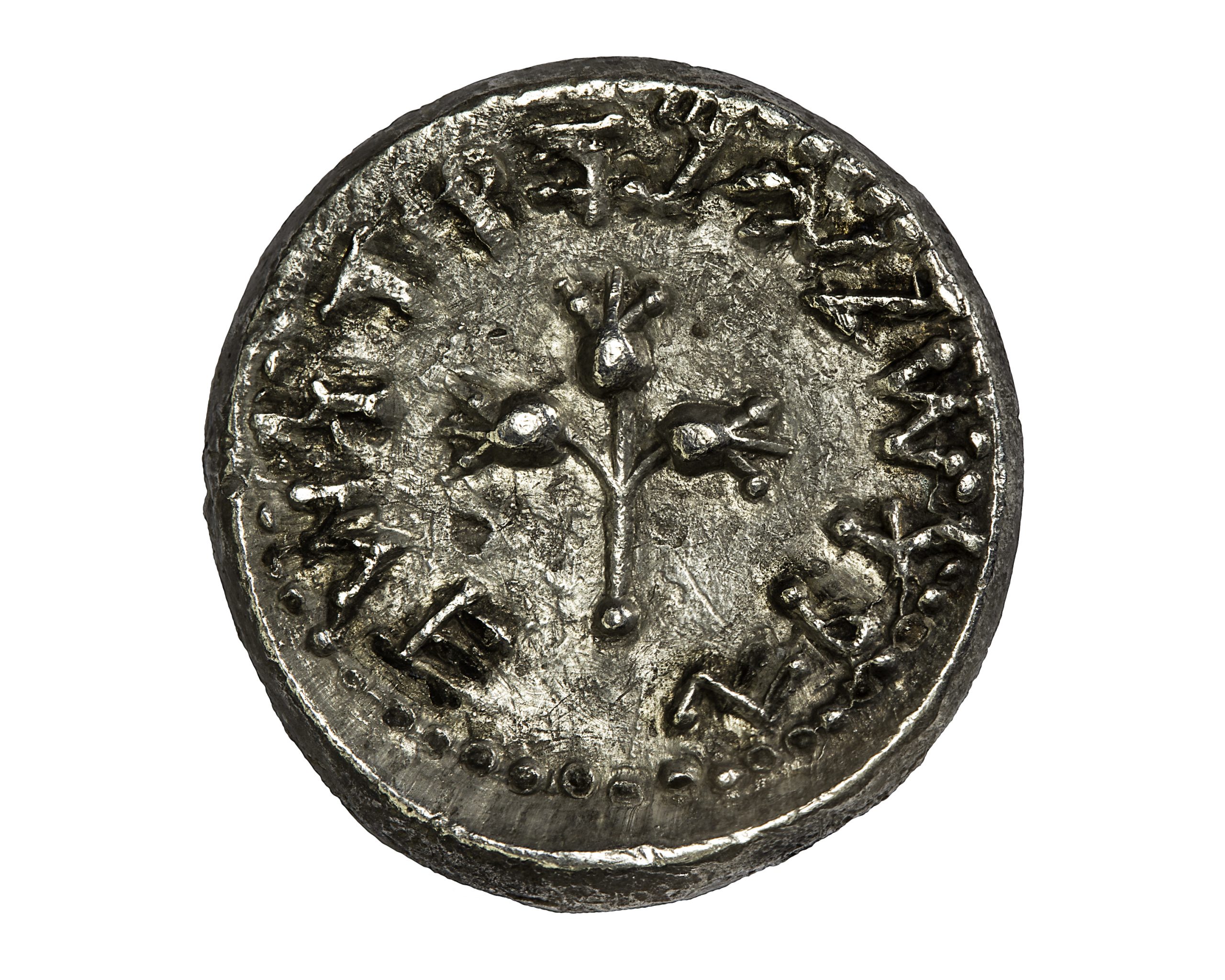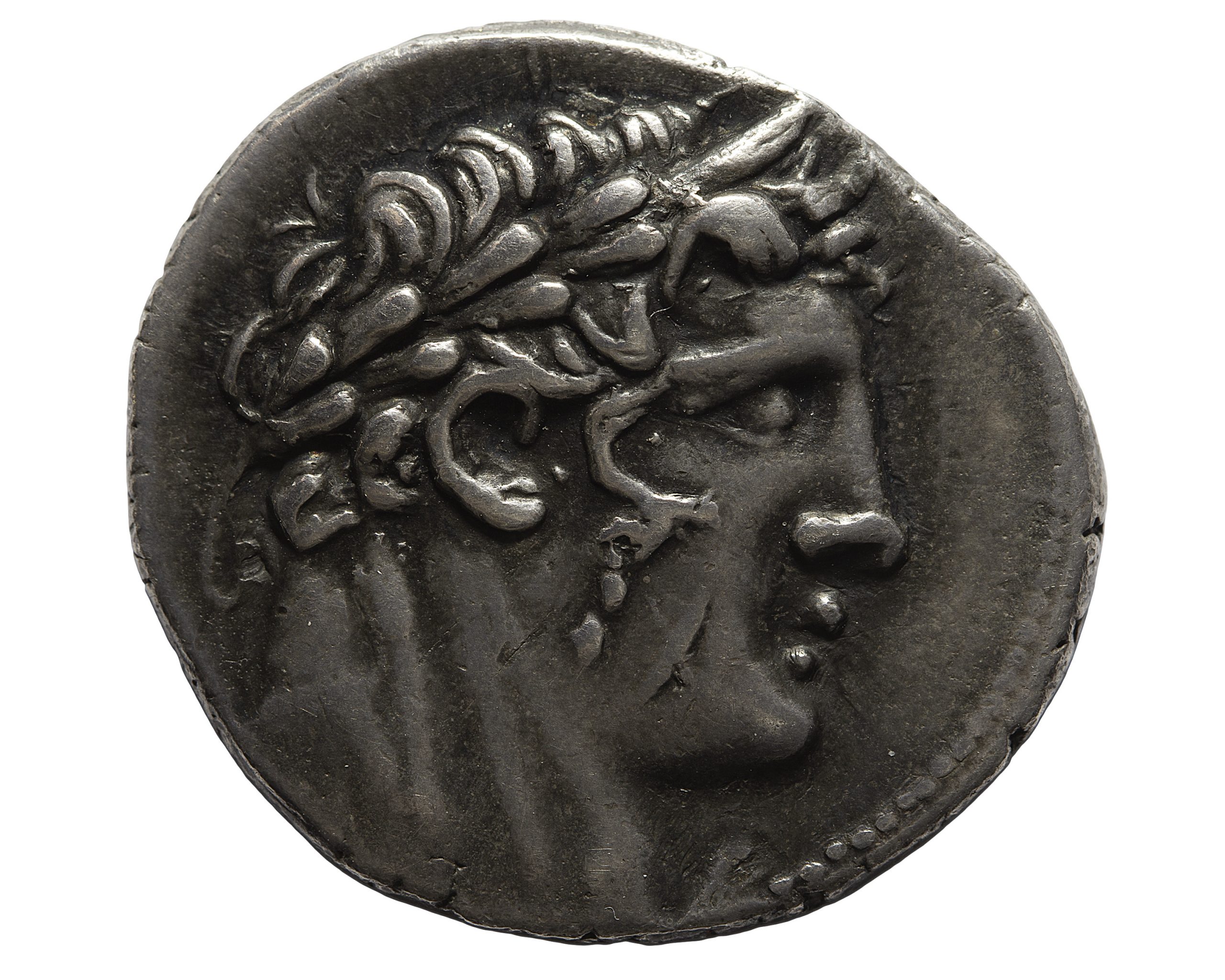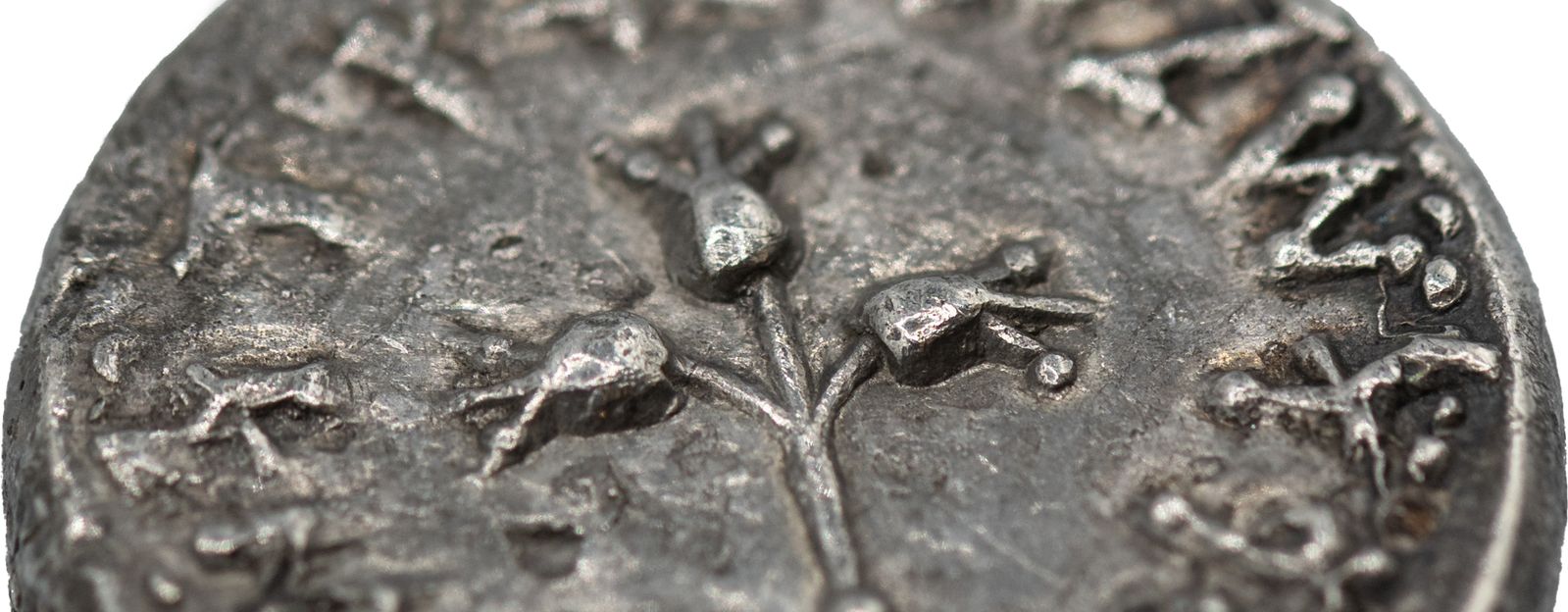
VIRTUAL – Coins of Jesus: Money and Religion in the Ancient World
Online Resource Details
Coins of Jesus is a virtual exhibition that highlights Judeo-Christian coinage in the Numismatics Collection of Nickle Galleries, covering a unique geographic area and a historic period of cultural and ideological diversity. Beginning with Persian Imperial coins and Phoenician shekels, the exhibition presents Jewish, Judeo-Roman, Roman Christian and Byzantine coinage, concluding with Islamic and Medieval money – an intellectually and artistically rewarding journey.
Exhibition curated by Marina Fischer from the Numismatic Collection of Nickle Galleries, University of Calgary
Visit the exhibition here:
Coins of Jesus: Money and Religion in the Ancient World
